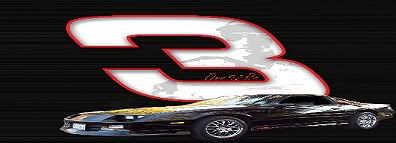oil squirters are to keep the pistons cool. leave a squirter out of a 3406 cat engine and you can kiss it goodbye after a short time. ls9 is supercharged with higher compression in which the piston would benefit from having squirters. the precombustion chambers are bfor mixture of fuel and to keep it centralized to not spread it that would just cause a hot burn. direct injection is in most diesels and work great. its about darn time someone put it together in a new performance gm.







 Reply With Quote
Reply With Quote








Bookmarks